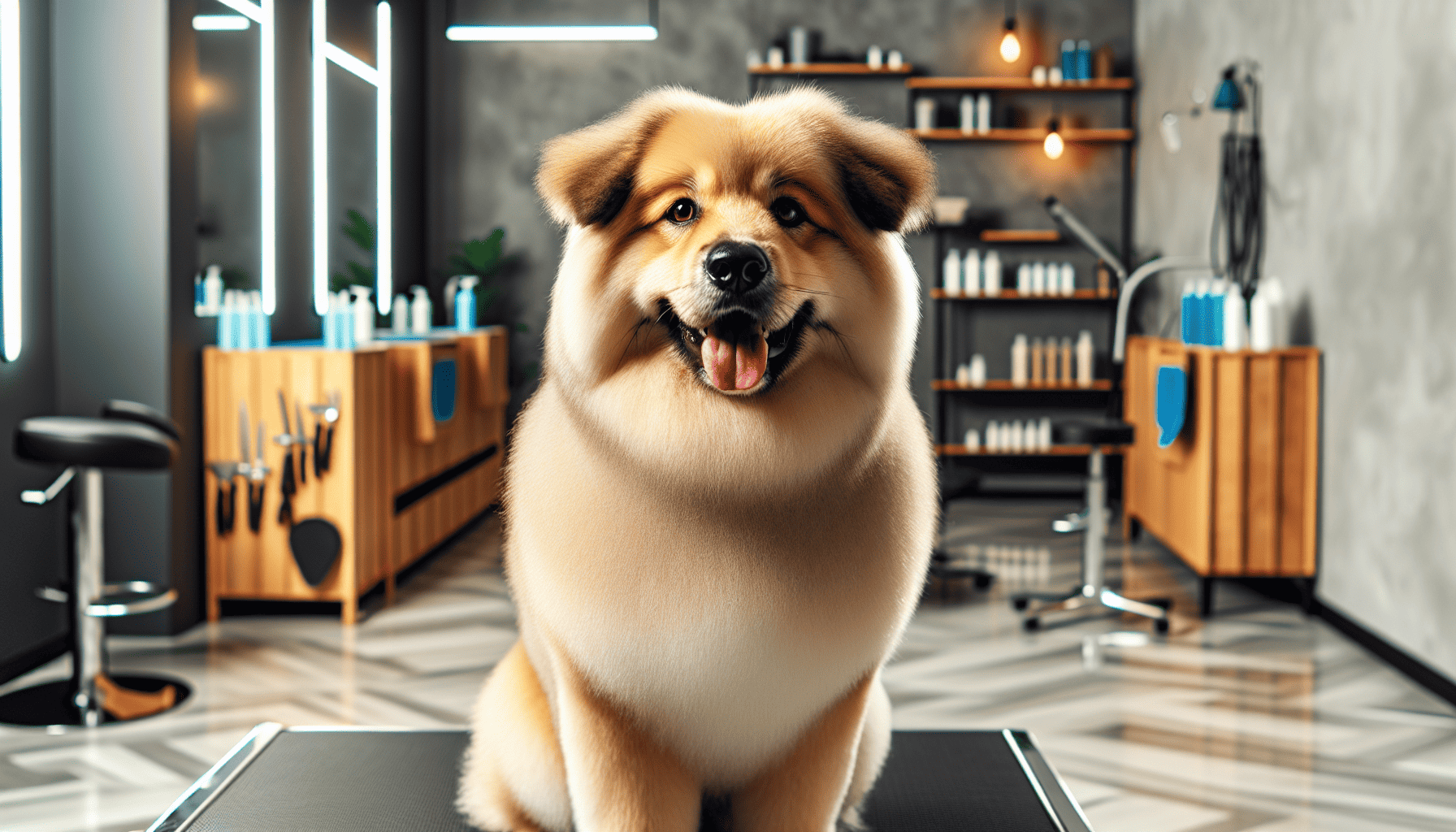Dog grooming is an essential aspect of pet care that not only ensures your furry friend looks their best but also maintains their overall health and well-being. Whether you're a new dog owner or a seasoned pet parent, understanding the fundamentals of dog grooming can make the experience enjoyable for both you and your pet. This comprehensive guide explores the essentials of grooming, from selecting the right tools to mastering effective techniques.
Understanding Your Dog's Grooming Needs
Different breeds have varying grooming requirements due to their coat types, lengths, and densities. It's crucial to understand your dog's specific needs:
-
Short-haired Breeds: These dogs generally require less frequent grooming. A simple brush once a week can help remove loose hair and distribute natural oils.
-
Long-haired Breeds: These dogs need more regular brushing, often several times a week, to prevent tangles and mats.
-
Curly or Wavy-haired Breeds: Dogs with these types of coats often require professional grooming to manage their hair's unique texture.
Essential Grooming Tools
The right tools can make grooming your dog much easier and more effective. Here’s a list of essential grooming tools to consider:
-
Brushes and Combs: Depending on your dog's coat type, you might need a slicker brush for removing mats, a bristle brush for smoother coats, or a metal comb for detangling.
-
Clippers and Scissors: If you plan to trim your dog’s coat at home, invest in a high-quality pair of clippers. Scissors are convenient for detailed work, especially around sensitive areas like the face and paws.
-
Nail Clippers: Keeping your dog's nails at the proper length is crucial for their comfort and health. Choose clippers designed specifically for dogs.
-
Shampoo and Conditioner: Use pet-safe products to keep your dog's coat clean and healthy without causing skin irritation.
Effective Grooming Techniques
Now, let's explore some effective grooming techniques that can help you maintain your dog's appearance and health:
-
Brushing: For short-haired dogs, a weekly brush with a bristle brush suffices, while long-haired breeds may require daily attention with a slicker brush to prevent mats. Always brush in the direction of hair growth.
-
Bathing: Bathe your dog only when necessary, as over-bathing can strip natural oils from their skin. Use lukewarm water and work from head to tail, being mindful to avoid getting water in their ears and eyes.
-
Trimming: If you're comfortable, trim your dog's coat with clippers or scissors, particularly around areas prone to mats and tangles. If you're unsure, consult a professional groomer to avoid injury.
-
Nail Care: Regularly check your dog’s nails and trim them every 3-4 weeks. Be cautious not to cut into the quick, the sensitive part of the nail, which can cause pain and bleeding.
-
Ear Cleaning: Regularly check your dog's ears for signs of infection, wax buildup, or debris. Use a veterinarian-approved ear cleaner and a cotton ball to gently clean the outer areas. Avoid inserting anything deep into the ear canal.
Professional Grooming
While many grooming tasks can be done at home, some dogs benefit from professional grooming services. Groomers are skilled in handling difficult breeds, offering services like haircuts, ear cleaning, and anal gland expression. If you're uncertain about a particular grooming task, consider enlisting the help of a professional.
Building a Positive Grooming Routine
Creating positive grooming experiences is crucial for maintaining your dog's cooperation. Here’s how to make grooming a pleasant experience:
-
Start Early: Introduce grooming tools and routines when your dog is a puppy so they become accustomed to being handled.
-
Be Gentle and Patient: Use a calm, reassuring tone and gentle movements to soothe your dog. Take breaks if your dog becomes stressed.
-
Reward Good Behavior: Use treats and praise to reinforce good behavior during grooming sessions, transforming it into a positive experience.
By investing the time and effort into grooming, you not only enhance your dog's appearance but also contribute to their health and happiness. Grooming strengthens the bond between you and your pet, turning routine care into quality bonding time. With the right tools, techniques, and patience, you can keep your dog looking and feeling fabulous all year round.
